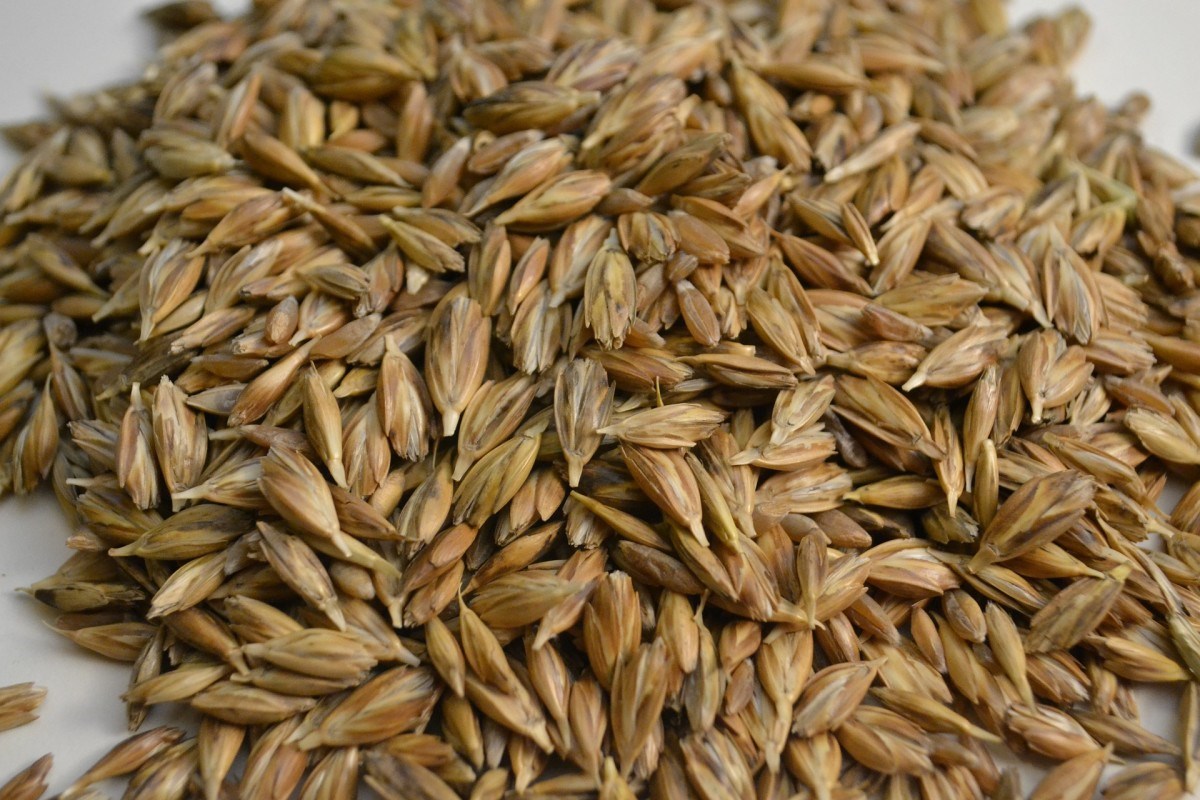

Articles
How To Store Barley Long Term
Modified: January 6, 2024
Learn the best methods for long-term storage of barley in this informative article. Discover how to ensure freshness and preserve the nutritional value of your grain.
(Many of the links in this article redirect to a specific reviewed product. Your purchase of these products through affiliate links helps to generate commission for Storables.com, at no extra cost. Learn more)
Introduction
Barley is a versatile and nutritious grain that has been consumed for thousands of years. Packed with fiber, vitamins, and minerals, it can be used in a variety of dishes, from soups and stews to salads and breakfast bowls. If you’re a fan of barley and want to store it for the long term, it’s important to know the necessary steps to ensure its freshness and quality.
In this article, we will explore the best practices for storing barley long term. We’ll discuss the shelf life of barley, tips for selecting the right barley, cleaning and preparing it for storage, choosing the right storage containers, and maintaining proper storage conditions. By following these guidelines, you can enjoy the goodness of barley even after months or even years of storage.
Key Takeaways:
- Proper storage of barley involves selecting high-quality grains, using airtight containers, and maintaining a cool, dry environment to preserve freshness and nutritional value for extended periods.
- Implementing techniques such as vacuum sealing, using oxygen absorbers, and organizing storage can further protect barley from spoilage, ensuring a long-lasting supply of flavorful and nutritious grains.
Read more: How To Store Water Long Term
Understanding the Shelf Life of Barley
Before we delve into the storage process, it’s crucial to understand the shelf life of barley. Unprocessed, whole barley can typically be stored for up to 6 months in a cool and dry place. However, with proper storage methods, it’s possible to extend its shelf life to 1-2 years or even more.
Barley consists of three parts: the hull, the bran, and the endosperm. The hull is the outermost layer and is typically removed during processing. The bran, which is rich in fiber and nutrients, is located beneath the hull. The endosperm is the starchy center of the grain.
The shelf life of barley can be affected by various factors, including moisture, temperature, light, and exposure to pests. Moisture can lead to mold growth, while high temperatures can accelerate spoilage. Therefore, it is essential to take steps to protect barley from these elements when storing it long term.
Key Takeaways:
- Proper storage of barley involves selecting high-quality grains, using airtight containers, and maintaining a cool, dry environment to preserve freshness and nutritional value for extended periods.
- Implementing techniques such as vacuum sealing, using oxygen absorbers, and organizing storage can further protect barley from spoilage, ensuring a long-lasting supply of flavorful and nutritious grains.
Read more: How To Store Water Long Term
Understanding the Shelf Life of Barley
Before we delve into the storage process, it’s crucial to understand the shelf life of barley. Unprocessed, whole barley can typically be stored for up to 6 months in a cool and dry place. However, with proper storage methods, it’s possible to extend its shelf life to 1-2 years or even more.
Barley consists of three parts: the hull, the bran, and the endosperm. The hull is the outermost layer and is typically removed during processing. The bran, which is rich in fiber and nutrients, is located beneath the hull. The endosperm is the starchy center of the grain.
The shelf life of barley can be affected by various factors, including moisture, temperature, light, and exposure to pests. Moisture can lead to mold growth, while high temperatures can accelerate spoilage. Therefore, it is essential to take steps to protect barley from these elements when storing it long term.
When barley is stored in a cool and dry place, its shelf life can be maximized. The ideal temperature for storing barley is around 40°F to 60°F (4°C to 15°C). Avoid storing barley in areas that are subject to high humidity, as moisture can cause the grain to become damp and spoil.
Exposure to light can also degrade the quality of barley over time. Ultraviolet (UV) rays from sunlight can break down the grain’s nutrients and cause it to become rancid. To prevent this, it is recommended to store barley in opaque containers or keep them in a dark pantry or cellar.
Pests are another challenge when it comes to storing barley. Insects such as weevils and beetles can infest the grain and cause damage. To prevent this, it is important to carefully inspect the barley before storing it and ensure it is free from any signs of infestation. Additionally, storing barley in airtight containers can help keep pests out.
Overall, understanding the shelf life of barley and the factors that can affect it is crucial for successful long-term storage. By following best practices and taking preventative measures, you can ensure that your stored barley remains fresh, nutritious, and free from spoilage.
Selecting the Right Barley
When it comes to storing barley long term, selecting the right barley grains is essential. Here are some factors to consider when choosing barley for storage:
- Variety: Barley comes in different varieties, each with its own unique characteristics. Some popular varieties include hulled barley, pearl barley, and pot barley. Hulled barley retains the outermost layer, while pearl barley has had the hull and bran removed. Pot barley is partially pearled and cooks faster. Choose the variety that suits your preferences and intended use.
- Quality: Look for barley grains that are plump, intact, and free from any signs of damage or contamination. Check for any discoloration, mold, or unusual odors, as these can indicate spoilage.
- Origin: Consider the source of the barley. Look for reputable brands or suppliers that prioritize quality and have proper storage and handling practices to ensure the barley’s freshness and integrity.
- Packaging: Opt for barley that comes in sturdy, airtight packaging to protect it from moisture, pests, and other environmental factors. Avoid buying barley that is in damaged or torn packaging, as it may compromise the quality of the grains.
If possible, try to buy barley in smaller quantities that you plan to consume within a few months. This will help ensure that the barley remains fresh and doesn’t lose its quality over time. If you need to store larger quantities, make sure you have the proper storage facilities and equipment to maintain the freshness and integrity of the grains.
By carefully selecting high-quality barley grains and considering factors such as variety, quality, origin, and packaging, you can lay the foundation for successful long-term storage. Remember, the quality of the barley you choose will greatly impact the taste and nutritional value of the final dish, so it’s important to choose wisely.
Cleaning and Preparing Barley for Storage
Before storing barley long term, it’s important to clean and prepare the grains to ensure optimal storage conditions. Here are the steps to follow:
- Inspect for Impurities: Before cleaning, carefully inspect the barley grains for any impurities such as rocks, sticks, or other foreign objects. Remove any unwanted materials to ensure that only clean grains are stored.
- Rinse the Barley: Rinse the barley grains under cold running water to remove dust, dirt, and any remaining impurities. Use a fine-mesh sieve or colander to make sure the grains are thoroughly rinsed.
- Soak (Optional): Soaking the barley grains overnight can help soften them and reduce the cooking time. If you prefer chewier barley, you can skip this step. However, if you want a softer texture, place the rinsed barley grains in a bowl, cover them with water, and let them soak overnight.
- Drain and Dry: After soaking (if applicable), drain the barley grains using a fine-mesh sieve. Shake off any excess water and spread the grains evenly on a clean kitchen towel or paper towels. Allow them to air dry completely before proceeding to storage. Ensure that the grains are moisture-free to prevent mold or spoilage during storage.
- Separate Any Damaged Grains: While drying, take the time to inspect the barley grains once again. Remove any damaged or discolored grains, as they can compromise the overall quality of your stored barley.
Following these cleaning and preparation steps will help ensure that your barley grains are free from impurities, properly rinsed, and dried to maintain their quality during storage. Clean and well-prepared grains are less likely to spoil or attract pests, ensuring that your stored barley remains fresh and safe to consume.
Once your barley is cleaned and prepared, you can move on to choosing the right storage containers and creating the ideal storage environment for long-term storage. Proper storage will help maintain the freshness and quality of the barley grains, allowing you to enjoy their nutritional benefits for an extended period.
Read more: How To Store Antibiotics Long-Term
Choosing the Right Storage Containers
When it comes to storing barley long term, choosing the right storage containers is crucial in maintaining its freshness and quality. Here are some factors to consider when selecting storage containers:
- Airtightness: Opt for containers that provide airtight seals to prevent moisture and air from entering. This helps keep the barley grains dry and prevents them from absorbing odors or being exposed to pests.
- Material: Choose containers made of food-grade materials such as glass, plastic, or metal. Make sure the containers are free from any chemicals or toxins that could leach into the barley over time.
- Size: Consider the quantity of barley you intend to store and choose containers that can accommodate your needs. It’s generally recommended to use smaller containers rather than larger ones to minimize air exposure when accessing the stored barley.
- Transparency: While opaque containers are ideal for protecting barley from light exposure, having a transparent window or label area on the container can help easily identify and monitor the quantity and quality of the stored barley without needing to open the container.
- Stackability: If you plan to store multiple containers, consider their stackability. Stackable containers can help optimize storage space and keep everything organized and easily accessible.
Additionally, it’s important to ensure that the storage containers are clean and free from any residue or previous food particles. Wash the containers with warm soapy water and allow them to air dry before use.
When filling the containers with barley, leave some headspace to allow for any expansion that may occur due to changes in temperature or humidity. This prevents the containers from bulging or breaking and helps maintain the airtight seal.
By choosing the right storage containers with proper sealing capabilities, suitable materials, and appropriate sizes, you can effectively protect your barley from moisture, pests, and other external factors that may compromise its quality. The containers will play a significant role in maintaining the freshness and integrity of the barley grains over an extended period of storage.
Storing Barley in a Cool and Dry Place
Proper storage conditions are essential for preserving the quality and shelf life of barley. One of the key requirements is to store barley in a cool and dry place. Here’s why this is important and how to achieve it:
Cool Temperature: Barley is best stored in a cool environment to prevent spoilage and maintain its freshness. The ideal temperature for storing barley is around 40°F to 60°F (4°C to 15°C). Avoid storing barley in areas that are subject to high temperatures or temperature fluctuations, as this can accelerate the deterioration of the grain.
Dry Environment: Moisture is the enemy when it comes to storing barley. Exposure to humidity can lead to mold growth, spoilage, and a loss of quality. Therefore, it’s crucial to store barley in a dry environment. Avoid storing barley in areas that are prone to high humidity, such as basements, bathrooms, or near any water source.
To achieve optimal storage conditions, consider the following tips:
- Choose the Right Location: Select a suitable storage area that meets the criteria of being cool and dry. A pantry or a dedicated storage room is often a good choice.
- Avoid Direct Sunlight: Keep the storage area away from direct sunlight or any other sources of light. Ultraviolet (UV) rays from sunlight can degrade the quality of barley over time, causing nutrient loss and potential spoilage.
- Avoid Temperature Changes: Ensure that the storage area maintains a consistent temperature. Avoid placing the barley near heating sources, cooling vents, or areas that experience frequent temperature fluctuations.
- Use Climate Control: If possible, consider using climate control devices such as dehumidifiers or air conditioners to maintain the ideal temperature and humidity levels in the storage area.
- Store Away from Odorous Items: Keep barley away from strong-smelling items, as grains can absorb odors easily. This will help maintain the integrity and flavor of the barley grains.
Remember to regularly check the storage area for any signs of moisture, mold, or pest infestation. If you notice any issues, take immediate action to address them to preserve the quality of the stored barley.
By storing barley in a cool and dry place, you are creating an environment that minimizes the risk of spoilage, mold growth, and nutrient loss. This will help ensure that your stored barley remains fresh, flavorful, and ready to be used for months or even years to come.
Store barley long term in a cool, dry place in an airtight container to prevent moisture and pests. Consider using food-grade buckets or Mylar bags for extended storage.
Monitoring Temperature and Humidity Levels
When storing barley long term, it’s crucial to monitor the temperature and humidity levels in the storage area. Maintaining optimal conditions will help preserve the quality and freshness of the grains. Here’s how to effectively monitor and control these factors:
Temperature: Keep an eye on the temperature of the storage area where the barley is kept. Ideally, the temperature should be maintained between 40°F to 60°F (4°C to 15°C). Fluctuations in temperature can cause condensation and moisture buildup, leading to spoilage and mold growth. Regularly check the thermometer placed in the storage area to ensure the temperature remains within the recommended range.
Humidity: High humidity can contribute to moisture absorption and create an environment suitable for mold and pest infestation. Aim to keep the humidity level below 15% to 20%. Use a hygrometer to measure the humidity in the storage area. If the humidity level is too high, consider using a dehumidifier or moisture-absorbing products to reduce moisture in the air.
Regular Checks: Make it a habit to regularly inspect the storage area for any signs of moisture buildup, mold growth, or pest activity. Look for condensation on the walls or containers, moldy odors, and visible signs of insects or pests. If any issues are detected, take immediate action to rectify the situation.
Air Circulation: Proper air circulation is important to prevent stagnant air and maintain an optimal storage environment. Ensure that the storage area has adequate ventilation to allow fresh air to circulate. Avoid overcrowding the stored barley to allow for proper airflow between containers.
Recordkeeping: Keep a record of the temperature and humidity levels in the storage area. Regularly check and document the readings to track any fluctuations or patterns. This will help you identify potential issues or changes in storage conditions and take appropriate measures to maintain the optimum environment for storing barley.
By monitoring the temperature and humidity levels in the storage area, you can proactively maintain the optimal conditions for storing barley long term. This will help extend the shelf life of the grains and preserve their quality, ensuring that your stored barley remains fresh, nutritious, and ready for use whenever needed.
Protecting Barley from Pests and Contamination
When storing barley long term, it’s important to protect it from pests and contamination to maintain its quality and safety. Here are some measures you can take to safeguard your stored barley:
Inspect for Infestation: Before storing barley, carefully inspect it for any signs of pests such as weevils, beetles, or moths. Look for live insects, larva, or small holes in the grains. If infestation is detected, discard the affected barley grains to prevent the spread of pests.
Use Airtight Containers: Store barley in tightly sealed airtight containers to prevent pests from accessing the grains. Plastic or glass containers with secure lids work best. Avoid using containers with loose-fitting lids or damaged seals, as they may allow entry for pests.
Absorbent Pads and Desiccants: Place absorbent pads or desiccant packs in the containers to absorb any excess moisture and create an unfavorable environment for pests. This helps prevent mold growth and keeps the barley dry. Be sure to use food-grade materials and follow the manufacturer’s instructions.
Keep the Storage Area Clean: Maintain cleanliness in the storage area to deter pests. Regularly sweep or vacuum the area to remove any spilled grains or debris that may attract pests. Wipe down the shelves or storage surfaces with a mild disinfectant to eliminate any lingering pests or their eggs.
Consider Pest-Repellent Products: Some natural remedies and commercially available pest repellents can help deter insects from infesting the stored barley. Examples include bay leaves, cinnamon sticks, or diatomaceous earth. Follow the recommended usage instructions and ensure these products do not directly contact the barley grains.
Rotate Stock and Use FIFO: Practice the “first in, first out” (FIFO) method when using your stored barley. This means using the oldest stock first to maintain freshness. Regularly check the storage containers and rotate the barley to ensure it is used within its recommended storage period.
Regular Monitoring: Continuously inspect the stored barley for any signs of pest activity or contamination. Look for live insects, larvae, webbing, or unusual odors. Promptly address any pest issues by removing affected grains and taking appropriate pest control measures.
Pest Control Professionals: If a severe infestation occurs or persists, consider seeking assistance from pest control professionals. They can provide effective solutions to eliminate pests and prevent further damage to your stored barley.
By incorporating these protective measures, you can minimize the risk of pest infestation and contamination in your stored barley. A clean and well-protected storage environment will ensure that your barley remains safe, fresh, and ready to be used whenever you need it.
Read more: How To Store Watermelon Long Term
Checking and Rotating Barley Stock
Regularly checking and rotating your barley stock is essential for maintaining its freshness and quality. Here are some key considerations and steps to follow:
Establish a System: Create a system to keep track of your barley stock and ensure proper rotation. This can be as simple as using labels or stickers with the date of storage on each container.
First In, First Out (FIFO): Adhere to the FIFO principle, where the oldest barley stock is used first. This ensures that the barley does not sit in storage for too long and helps maintain its optimal quality.
Regular Inspection: Schedule periodic inspections of your barley stock to check for any signs of spoilage, insect activity, or other issues. Look for discoloration, foul odors, or any visible signs of pests such as larvae or webs. Immediately remove any contaminated or damaged grains.
Sensory Evaluation: Take the time to assess the aroma, appearance, and texture of the barley grains during inspection. This sensory evaluation can help identify any indications of spoilage or deterioration.
Consider Quality Factors: Pay attention to the quality factors of the grains, such as moisture content and texture. Quality deterioration can occur over time, leading to changes in taste, texture, and nutritional value.
Rotate Containers: When inspecting your barley stock, rotate the containers to ensure that the entire stock is inspected and used in a timely manner. Bring the older containers to the front or top of the storage area to facilitate easy access and visibility.
Utilize Stock for Consumption: As you rotate your barley stock, ensure that you incorporate the grains into your regular cooking and meal planning. This helps prevent storage of excess barley that may go unused for extended periods.
Monitor Storage Conditions: While checking and rotating your barley stock, also assess the storage conditions. Ensure that the storage area maintains the recommended temperature and humidity levels to prevent spoilage and maintain optimal quality.
Record Keeping: Keep a log or record of your barley stock, noting the dates of purchase, storage, and usage. This helps you track the lifespan of your barley and make informed decisions regarding future storage and consumption.
By implementing a regular checking and rotation system for your barley stock, you can ensure that you use the grains in a timely manner while maintaining their freshness and quality. This approach minimizes the risk of spoilage and ensures that you always have a supply of fresh barley available for your culinary creations.
Using Vacuum Sealing and Oxygen Absorbers
When it comes to long-term storage of barley, using vacuum sealing and oxygen absorbers can be highly beneficial in preserving its freshness and extending its shelf life. Here’s how you can use these techniques effectively:
Vacuum Sealing: Vacuum sealing involves removing the air from the storage containers to create a vacuum seal. This process helps eliminate oxygen, which is a major contributor to spoilage and deterioration. Follow these steps to vacuum seal your barley:
- Transfer the barley grains into a vacuum-sealable bag or container.
- Place the bag or container into a vacuum sealer machine.
- Operate the machine to remove the air from the bag or container as per the manufacturer’s instructions.
- Once the air is completely removed, the bag or container is sealed tightly to create a vacuum seal.
Vacuum sealing barley helps maintain its freshness by preventing the growth of microorganisms, slowing down the oxidation process, and protecting the grains from moisture and pests.
Oxygen Absorbers: Oxygen absorbers are small packets that contain iron powder and salt. They are designed to eliminate oxygen from the storage containers, creating an oxygen-free environment. Follow these steps to use oxygen absorbers:
- Ensure that your barley grains are clean and dry.
- Place the desired amount of barley grains into an airtight container.
- Add the recommended number of oxygen absorber packets based on the container size and the absorber’s instructions.
- Seal the container tightly to prevent oxygen from re-entering.
Oxygen absorbers help prevent the growth of aerobic bacteria, fungi, and molds, thus prolonging the shelf life of the barley grains.
Remember that vacuum sealing and using oxygen absorbers are not substitute for proper cleaning, inspecting, and storing practices. Always ensure that your barley grains are prepared and stored correctly before applying these techniques.
Both vacuum sealing and oxygen absorbers can significantly extend the shelf life of your barley by reducing the presence of oxygen, moisture, and pests. This ensures that your stored barley remains fresh, flavorful, and ready to use whenever you need it.
Labeling and Organizing Barley Storage
Labeling and organizing your barley storage is essential for easy identification, accessibility, and efficient management of your stock. Here are some tips to help you effectively label and organize your barley storage:
Clear and Consistent Labels: Use clear and easily readable labels for your storage containers. You can write directly on the containers or use adhesive labels. Include important information such as the contents (barley), variety (if applicable), date of storage, and any specific instructions or notes.
Categorize by Type: If you have different types of barley, consider categorizing them to make them easily distinguishable. You can assign specific containers for each type, using different colored labels or tags to indicate the variety.
Arrange in Order: Organize your barley containers in a systematic order. This can be alphabetical, numerical, or based on your personal preference. The goal is to have a logical arrangement that allows for easy access and retrieval of barley when needed.
Stacking and Shelving: If you have multiple containers, stack them neatly to save space. Consider using shelves or storage racks to maximize vertical space and keep your storage area well-organized. Ensure that the shelves or racks are sturdy enough to support the weight of the containers.
Accessibility: Arrange the barley containers in a way that allows easy access to each one. Store frequently used or soon-to-expire containers towards the front for convenient retrieval. Avoid overcrowding or packing the containers too tightly, as this can make it difficult to locate and remove specific containers.
Inventory Tracking: Keep a record of your barley inventory to monitor stock levels. Update your inventory whenever you add or remove containers. This helps you keep track of how much barley you have on hand and enables you to plan for future purchases or usage.
Maintain Cleanliness: Regularly clean and maintain your storage area to prevent dust, debris, or food particles from accumulating. This helps maintain hygiene and ensures the quality of your stored barley.
Reassess and Reorganize: Periodically reassess your labeled and organized barley storage to make any necessary adjustments. As you use and restock your barley, reorganize the containers and update labels accordingly. This ensures that your storage remains accurate, efficient, and easy to manage.
By labeling and organizing your barley storage, you can easily locate, track, and maintain the quality of your stock. This promotes efficiency, minimizes waste, and ensures that your barley remains in optimal condition for an extended period, allowing you to enjoy its nutritional benefits in your favorite recipes.
Conclusion
Storing barley long term requires careful consideration of several factors, from selecting the right barley grains to implementing proper storage practices. By following the guidelines outlined in this article, you can maximize the shelf life and preserve the quality of your stored barley.
Understanding the shelf life of barley and the factors that affect it, such as moisture, temperature, light, and pests, is crucial for successful long-term storage. Choose high-quality barley grains, clean and prepare them properly, and store them in a cool and dry place to maintain their freshness and nutritional value.
Furthermore, selecting the right storage containers, such as airtight containers, and organizing your barley storage system will help prevent contamination and make it easier to access and rotate your stock. Regularly check your barley for signs of spoilage, pests, or any quality issues, and ensure proper labeling to keep the storage organized and efficient.
Additional techniques, such as vacuum sealing and using oxygen absorbers, can help further protect barley from air, moisture, and pests, prolonging its shelf life and maintaining its quality.
Remember to monitor the temperature and humidity levels in the storage area, and take necessary measures to maintain the ideal conditions. Regularly inspect and rotate your barley stock, using the first in, first out (FIFO) method, to ensure you use the oldest stock first and prevent any wastage.
By implementing these best practices, you can store your barley for an extended period without compromising its taste, nutritional value, or safety. Whether you’re a barley enthusiast or simply want to have a long-term supply on hand, proper storage techniques will ensure that your barley remains fresh, flavorful, and ready to be enjoyed in a variety of delicious dishes.
Frequently Asked Questions about How To Store Barley Long Term
Was this page helpful?
At Storables.com, we guarantee accurate and reliable information. Our content, validated by Expert Board Contributors, is crafted following stringent Editorial Policies. We're committed to providing you with well-researched, expert-backed insights for all your informational needs.


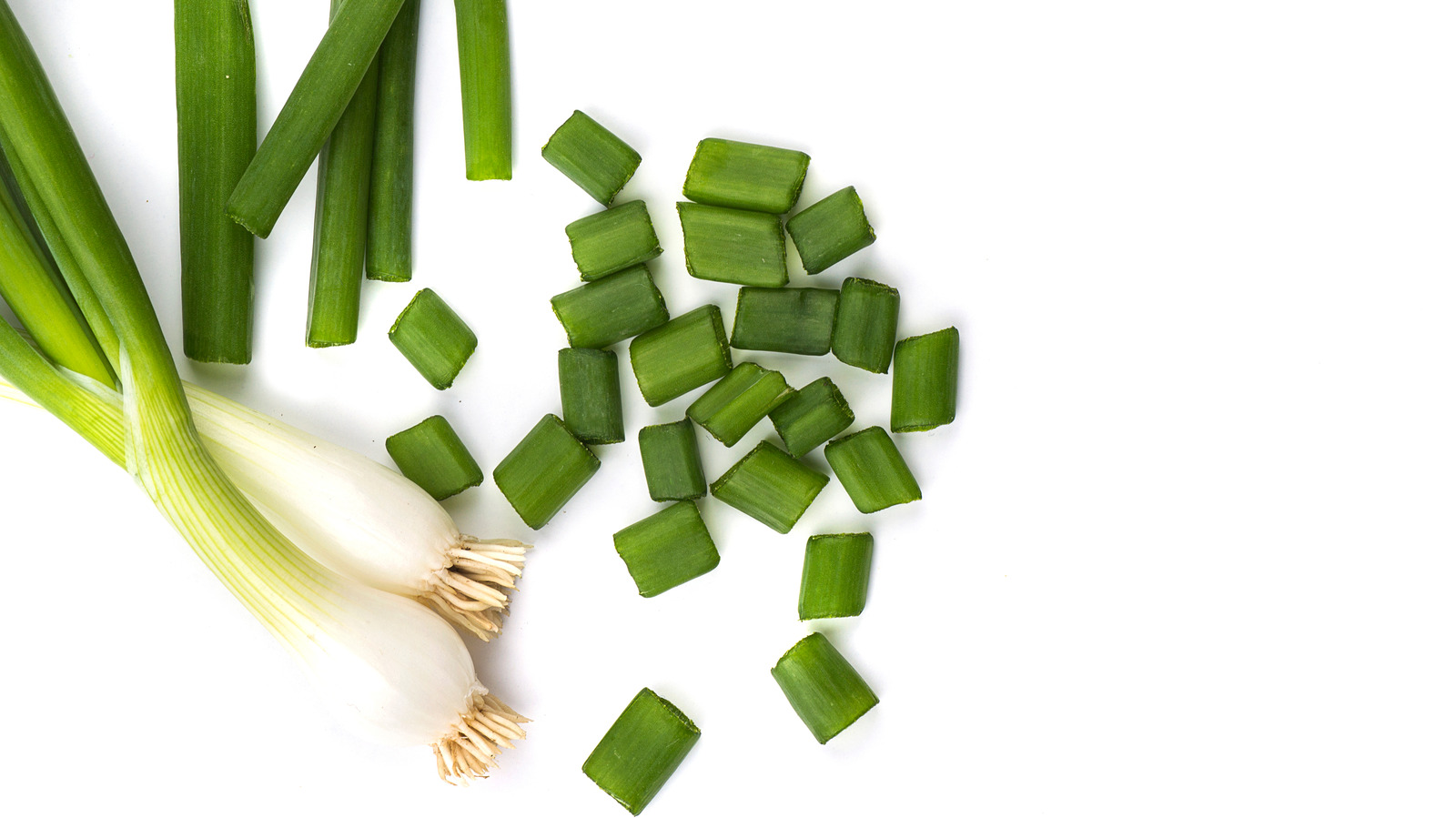
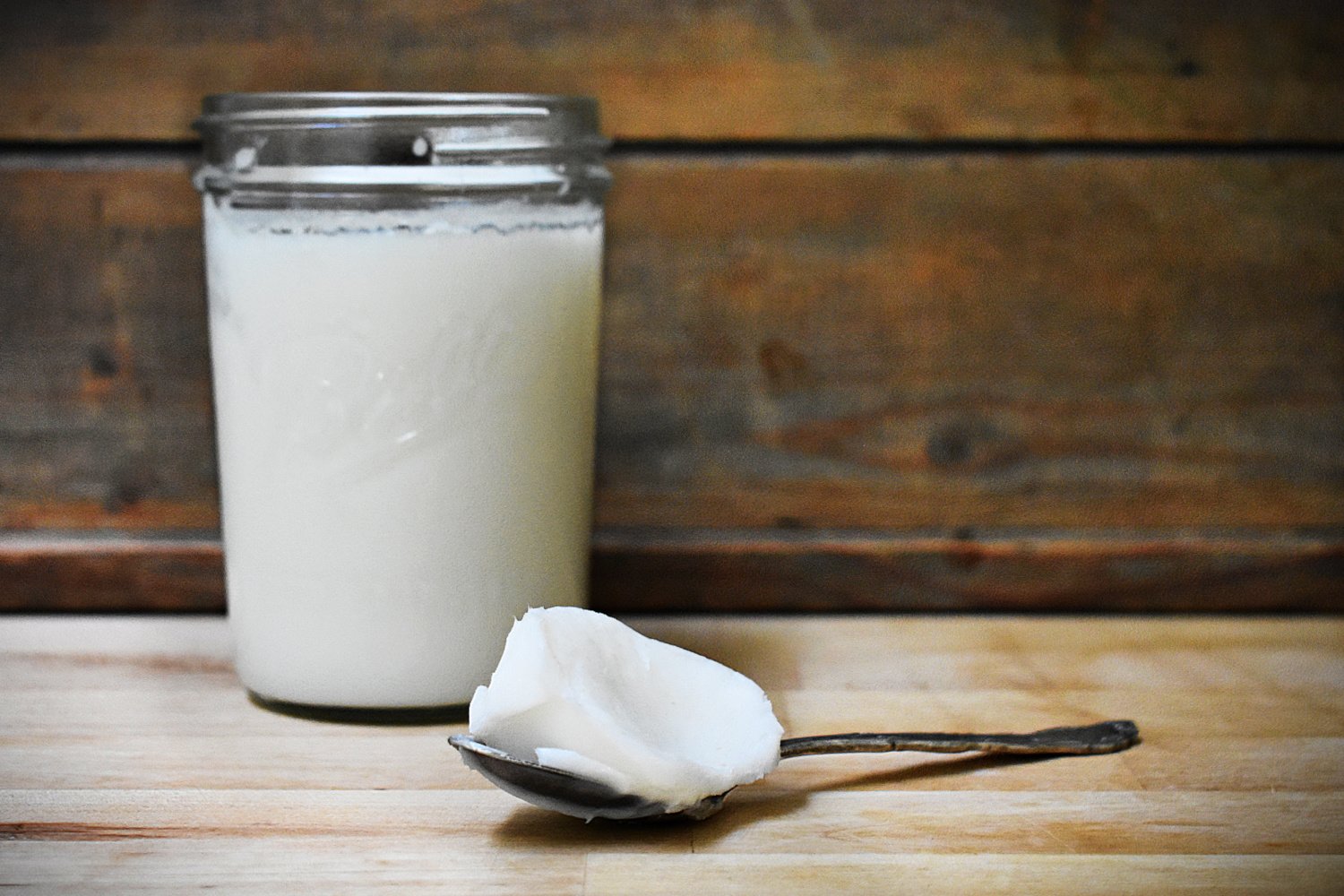
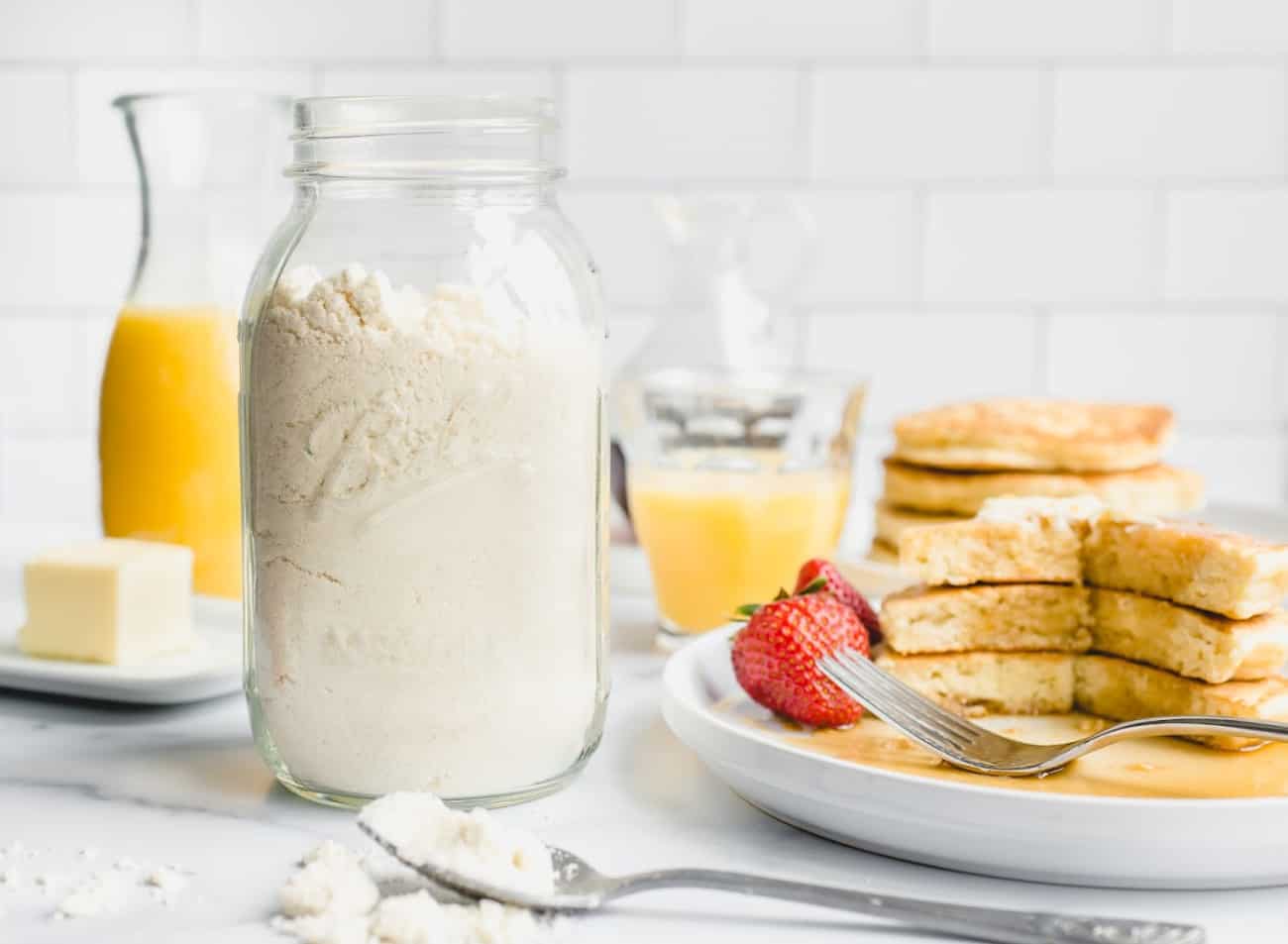
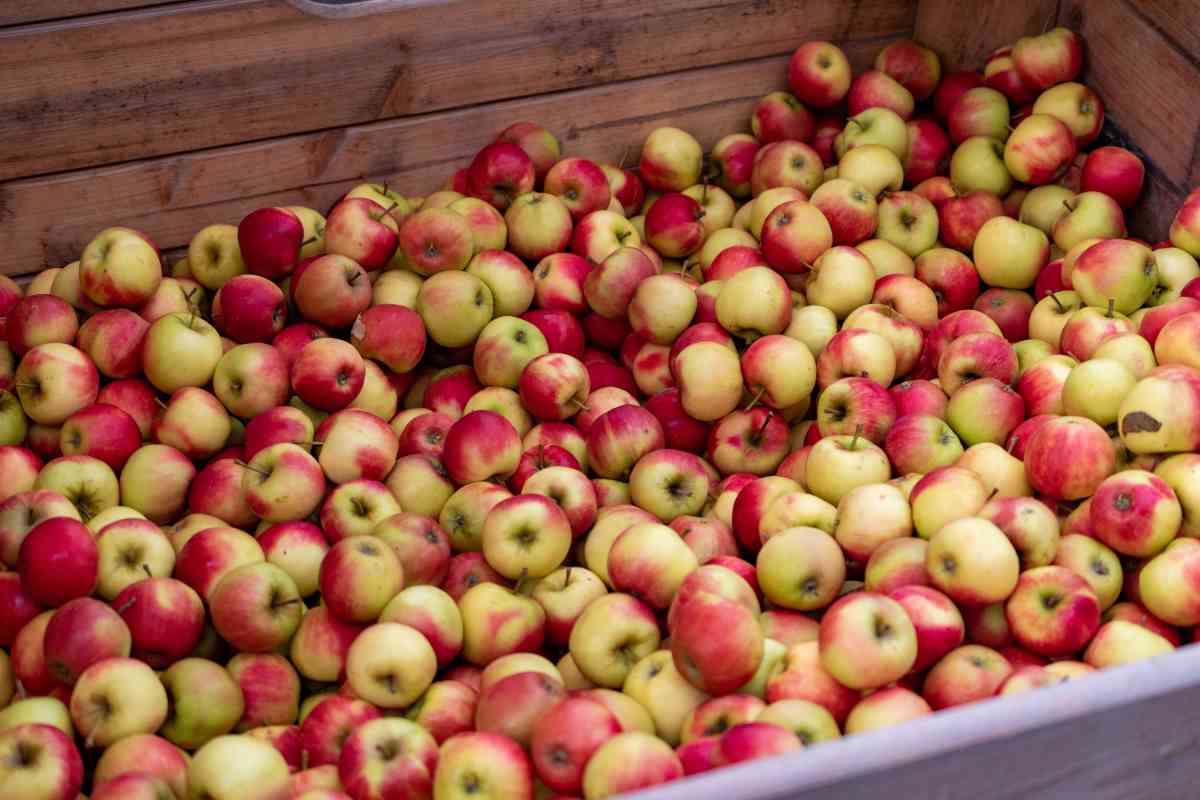
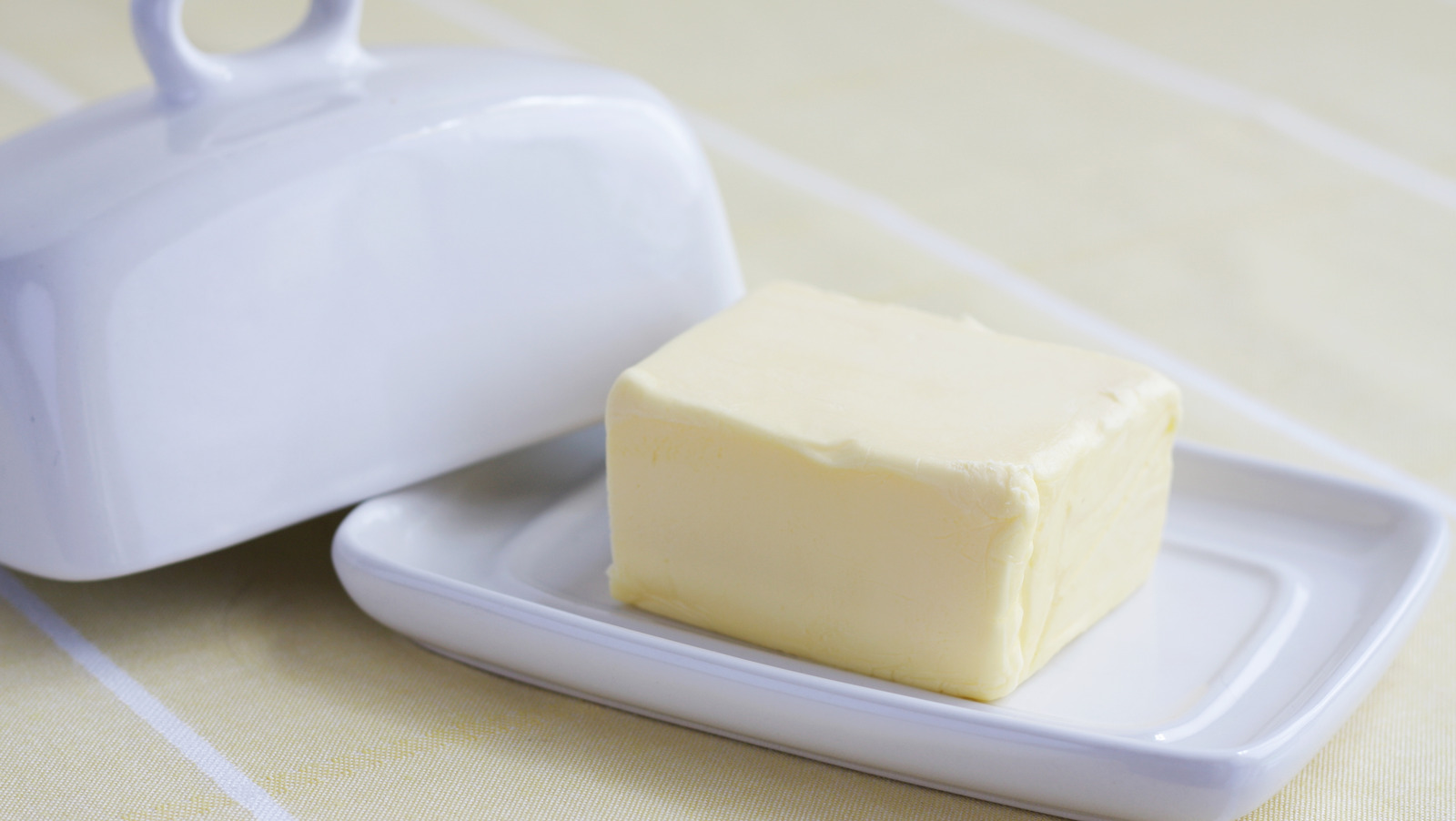



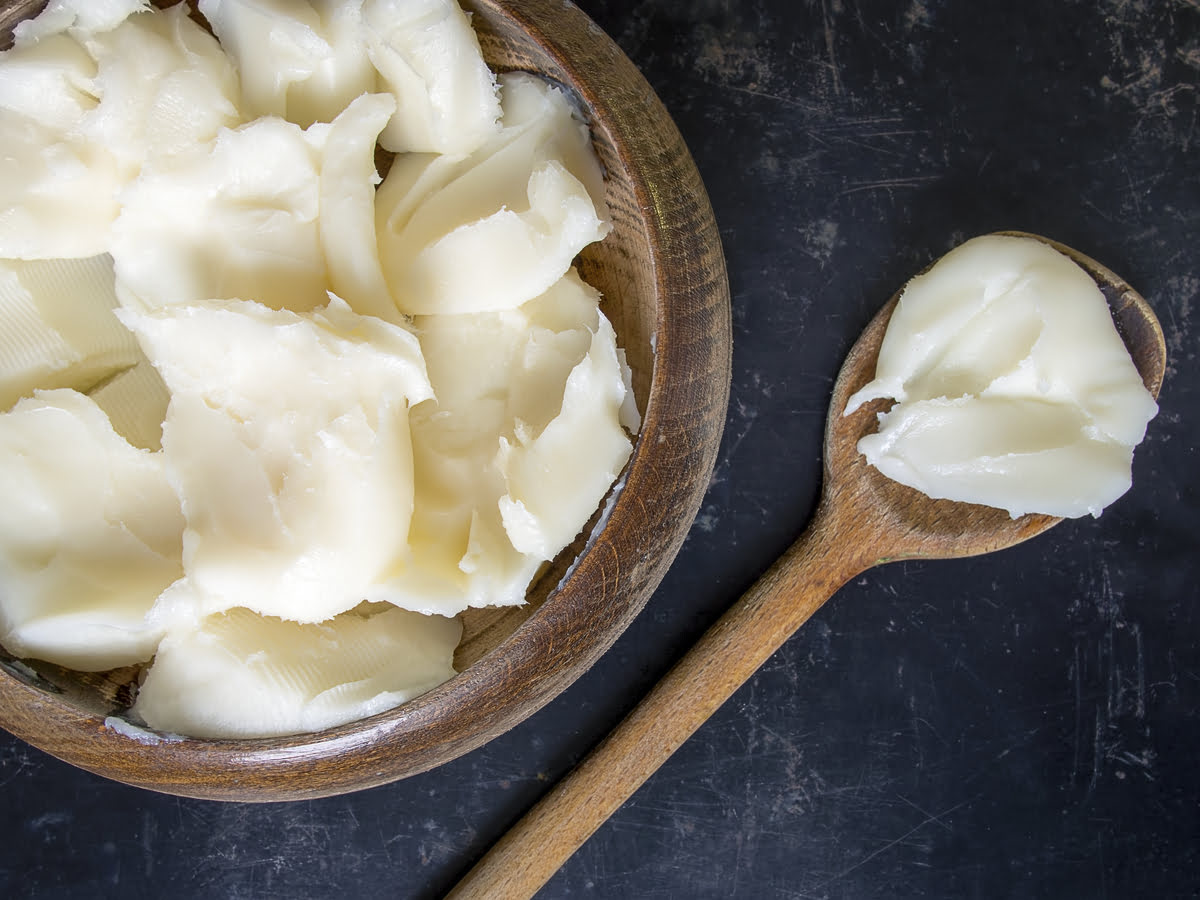
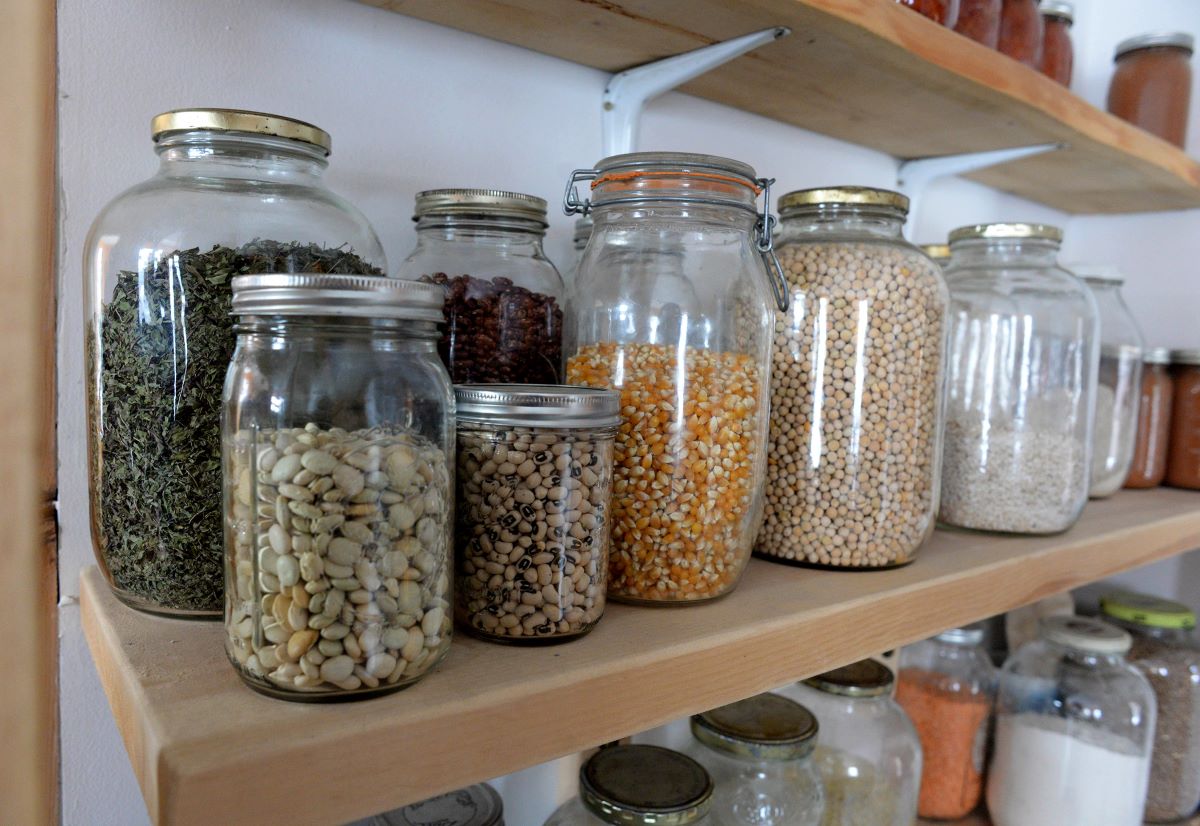


0 thoughts on “How To Store Barley Long Term”